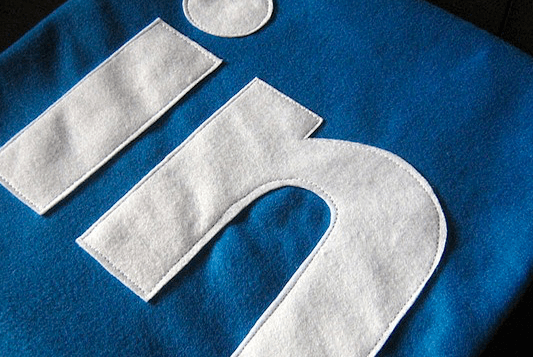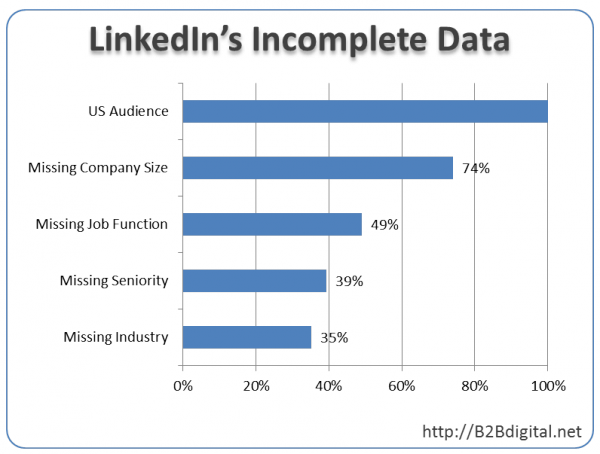A Simple Trick To Improve Your LinkedIn Campaign Performance

Eric Wittlake is a digital and B2B marketer with a background in analytics and online media. Based in Portland, Oregon, he runs the media group at Babcock & Jenkins. To read his original post on email list guides, click here.
If you are a B2B marketer, you are paying attention to LinkedIn. You almost can’t ignore it today.
LinkedIn has become a powerhouse media company for B2B marketers, from opportunities for direct engagement (it does still have a few social media trappings) to publishing, content promotion and advertising. Not to mention the targeting data (but we’ll come back to that).
But many B2B marketers also find LinkedIn campaigns to be challenging. LinkedIn is a premium property and media programs quickly become expensive. As LinkedIn continues to move towards bid-based pricing (i.e. Sponsored Updates), it is also increasingly competitive, particularly for in-demand audiences.
But there is a solution that can dramatically reduce competition and improve the results from your campaigns. To start, you need to recognize one of the big shortcomings of LinkedIn’s targeting data: it may be accurate, but LinkedIn data is very incomplete.
Just how much data is LinkedIn missing? Here are some of the common profile points B2B marketers target and how many profiles LinkedIn is missing this data for.

(all data was gathered through the LinkedIn advertising campaign manager interface).
If you are targeting IT buyers at large companies, you are using the company size, job function and seniority. You are relying on three data points that are missing 39% to 74% of the time.
You might be missing 80% or more of the audience you care about, and because you are taking the same approach to targeting that everyone else is, you also have more competition and pay higher rates. There is a better way.
The Trick to Improving LinkedIn Campaign Performance
Build a new campaign, starting from the targeting in your existing campaigns, replacing explicit targeting with exclusions and other targeting approaches:
- Replace your current job function with skills or groups.
- Remove your current seniority target and replace it by excluding the seniorities you don’t want to reach.
- Remove your current company size target and exclude companies that are too large or too small.
- Exclude job functions you specifically do not want to reach (since you are already targeting by skills or groups, this can be more limited. If you aren’t certain where to start, just exclude sales and marketing).
Run your traditional and new campaign side-by-side. By limiting your reliance on the LinkedIn’s incomplete data, you will see higher volume, higher engagement rates and lower CPCs.